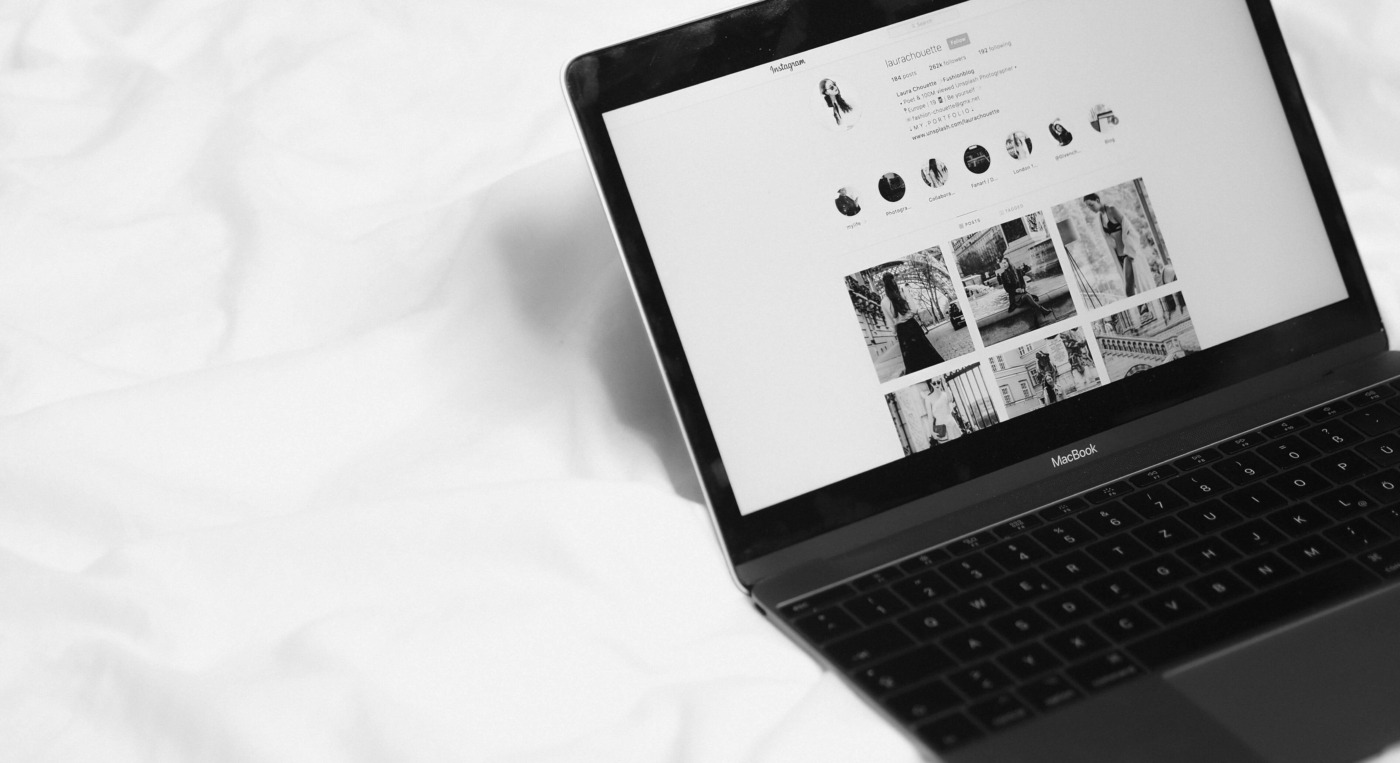Milan Fashion Week’s online collections demonstrate creativity in the execution
When it was proposed that this year’s Fashion Weeks were to be held online, there was some confusion and disappointment in the industry about how this would work in practice. Fashion Week aside, most of us are aware of the racism, classism, and ableism that unfortunately persists in the industry, restricting access for people who are interested in fashion from ethnic minority and low socioeconomic backgrounds.
The pandemic has been horrific but with it have come some silver linings. One effect of the various lockdowns imposed around the world has been that Fashion Weeks being held online may have reduced these accessibility barriers. As Milan Fashion Week became the first of its kind to go entirely digital, I had the opportunity to briefly watch the Versace and Prada showcases. However, I can imagine that attending a real show is far more exhilarating rather than watching it through your laptop screen.
This digitally streamed show was pioneering for Milan Fashion Week
In a groundbreaking move, Congolese fashion designer Anifa Mvuemba, the brains behind the brand Hanifa, pioneered the first 3D fashion show. This was an incredibly creative way of responding to the restrictions imposed by the pandemic. Despite many designers not adopting the 3D fashion show concept, it still had an overwhelming impact on the industry.
Milan, New York, Paris and London are deemed to be the fashion capitals of the world but unfortunately, have a high number of coronavirus cases. Yet, the show must go on, so the organisers behind Milan Fashion Week knew that they needed to adapt to the alternative mediums with which they were provided, meaning that Milan Fashion Week went entirely online for the first time ever.
Social media is the most frequently adopted method by fashion lovers around the world of engaging with the just out of reach world of high-end fashion. It is no surprise therefore that Alessandro Michele, Gucci’s creative director, presented the collection using a 12-hour live social media broadcast. This digitally streamed show was pioneering for Milan Fashion Week and helped to make the experience as ‘normal’ as possible through the livestream broadcasts.
Versace’s flash collection is a prime example of how creativity can thrive in unusual environments
The pandemic has led many key industry experts to consider the purpose behind bi-yearly fashion shows, considering the issues of accessibility and the problematic timescale of the fashion calendar when it comes to sustainability. Gucci bought into this by deciding to move away from showcasing fashion collections twice a year and the sheer effort that the brand put into replicating the real Fashion Week experience is commendable. However, brands like Gucci need to put this much effort into questioning just how inclusive they are.
London rapper AJ Tracey’s performance in Versace’s ‘flash’ collection saw him wearing a Versace snakeskin piece with the beautiful Anok Yai dancing along to his vocals. In homage to 1990s music video nostalgia, Versace’s flash collection is a prime example of how creativity can thrive in unusual environments. In the end, the 90s music video sold this collection for me because it was so different from anything I had seen before. Fashion Weeks are not truly about the clothes that we see advertised in each collection but about the creative direction with which these showcases are executed. The show exuded energy and was extremely enjoyable to watch as a viewer. This year’s digitised Milan Fashion Week has explored ways of showcasing fashion collections uniquely and Versace must take the crown for this one.
The pandemic has encouraged designers to become more innovative
According to Vogue, Donatella Versace was intentional about contributing to a more sustainable fashion industry and found a solution to this through the medium of flash collections. Flash collections consist of smaller collections that can be presented more often and delivered across stores faster. It is reassuring for consumers to see how luxury brands are committed to delivering sustainability.
Judging by the talent witnessed at Milan Fashion Week 2020, the pandemic has encouraged designers to become more innovative in the ways that they choose to present their collections. Despite this, this digital Fashion Week was an adjustment for everybody because fashion weeks are made for the runway and I can’t imagine the difficulty it takes to attempt to emulate this experience or having to provide an alternative experience for the viewers. Digital Fashion Weeks provide an element of accessibility for all and but unfortunately, not all of us can afford even the ‘cheapest’ pieces at these shows.

Comments